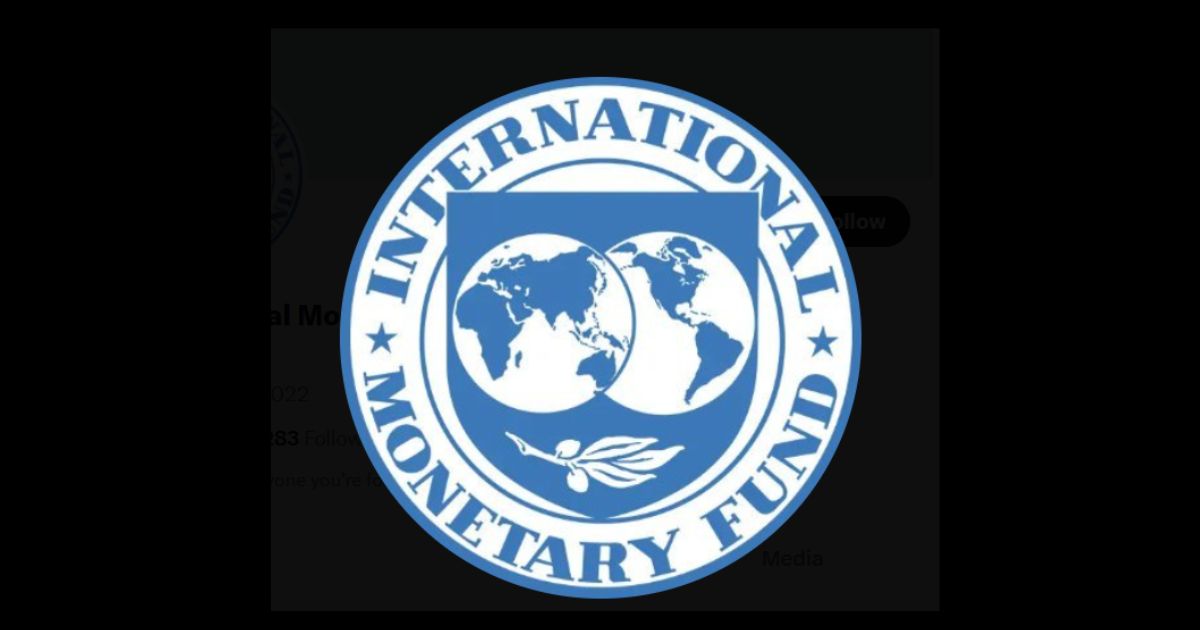According to the World Economic Outlook (WEO) forecast report, the International Monetary Fund (IMF) has forecast that India will remain one of the fastest-growing economies in the category of emerging market and developing economies in 2025-26, at a rate of 6.6 per cent.
The economic performance within the first quarter is cited as the cause of this upward revision since it has more than counterbalanced the impacts of raised US tariffs on Indian goods.
India will pull ahead of China, which is likely to grow by 4.8 per cent. The IMF came out with its updated figures after the implications of US tariffs in the various economies and the deals afterwards that were struck by different nations as the uncertainty grew.
The IMF however, has reduced its 2026 forecast to 6.2 per cent, with a reason that there is a possibility of weakening first-quarter momentum.
Using the impact of tariffs that are less than anticipated, the IMF forecasts that the world will grow by 3.2 per cent this year, but the growth will reduce to 3.1 per cent next year. These forecasts are, however, lower than the forecasts that existed before the change of policy.
The inflation rate is expected to keep on decreasing in most countries in the world, with variation in rates in countries: the United States rates are above the target, with risks being skewed towards the upside, whereas the other countries are at a low rate, as indicated by the IMF report.
It is predicted that the advanced economies will increase at an average of 1.6 per cent, as compared to the emerging economies that are projected to increase at 4.2 per cent, with the forecast of 0.2 per cent slowing down by the year 2026.
The IMF is also forecasting that Spain will have the best rate of growth in the fastest advanced economy at 2.9 per cent. The US will also expand by 1.9 per cent, which will compare with 2.4 per cent in 2024.
In the meantime, it has been forecasted that Brazil will grow by 2.4 per cent, Canada by 1.2 per cent, and Japan by 1.1 per cent, and ASEAN-5 countries will grow by 30 per cent.
The October WEO IMF estimates are positive as compared to their April estimates, yet remain on a downward revision as compared to the pre-tariff policies.
In spite of the fast rate of growth in India, the IMF forecasts sluggish growth in the world to 3.2 per cent in 2026 compared to 3.3 per cent in 2024.
There will also be negative growth possibilities caused by the IMF, as it expects that long-term uncertainty, increased protectionism, and shocks in labour supply will decrease the growth. Whereas fiscal weaknesses, possible market financial corrections, and institutional undermining may pose threats to the stability.
The IMF encouraged policymakers to put confidence back in credible, transparent, and sustainable policies, and trade diplomacy should be accompanied by macroeconomic adjustment.
“Fiscal buffers are to be reconstructed. The independence of the central bank should be maintained,” the IMF declared. “It needs to increase efforts on structural reforms.”
In October, the IMF had declared its changes to projections and predicted a positive growth of 6.6 per cent. This change was mostly because India had a robust growth pace during the first quarter of FY26 when the economy recorded a growth of 7.8 per cent.
The increase in the revision is primarily explained by the carry-over effect of the robust first quarter rather than some compensating effect of new US tariffs.
In 2024-25, the Indian economy expanded by 6.5 per cent in real terms. With the uncertainty of the US tariffs, the government has still projected the GDP at 6.3-6.8 per cent in 2025-26, indicating that it is not worried about the domestic consumption within the country.




